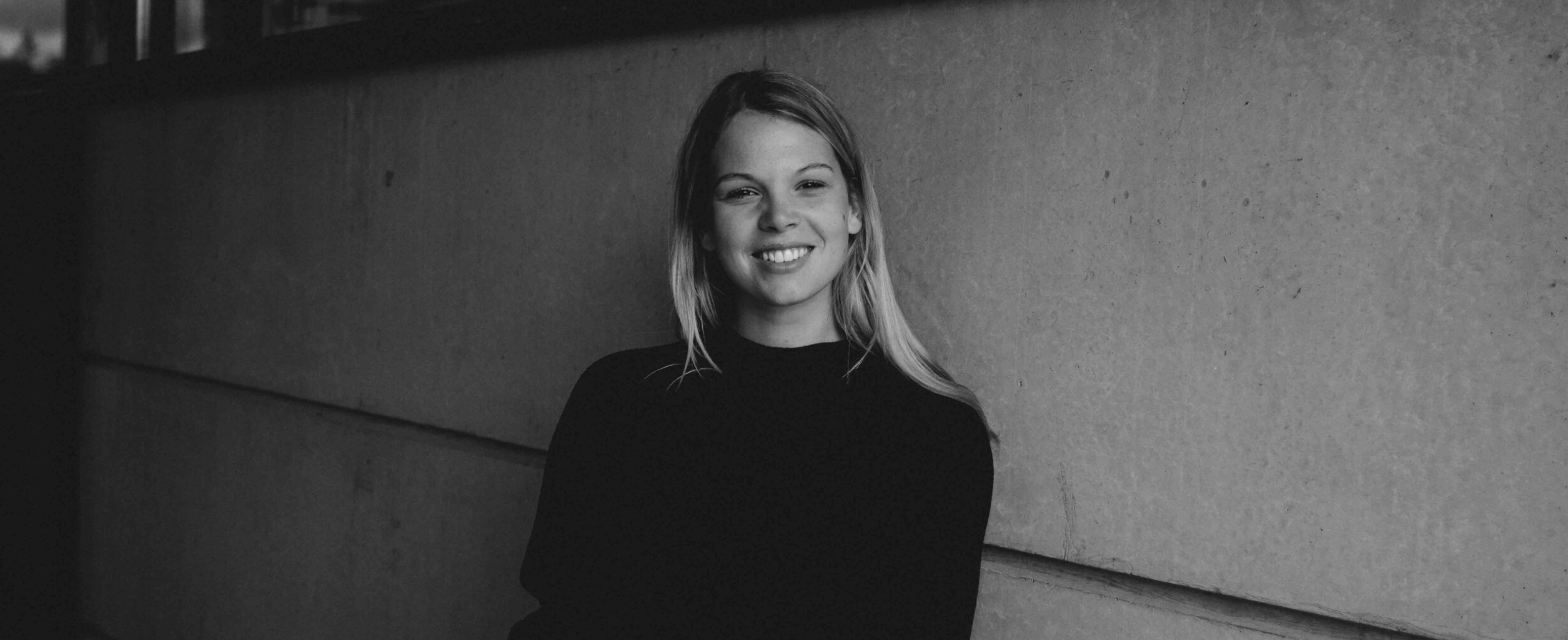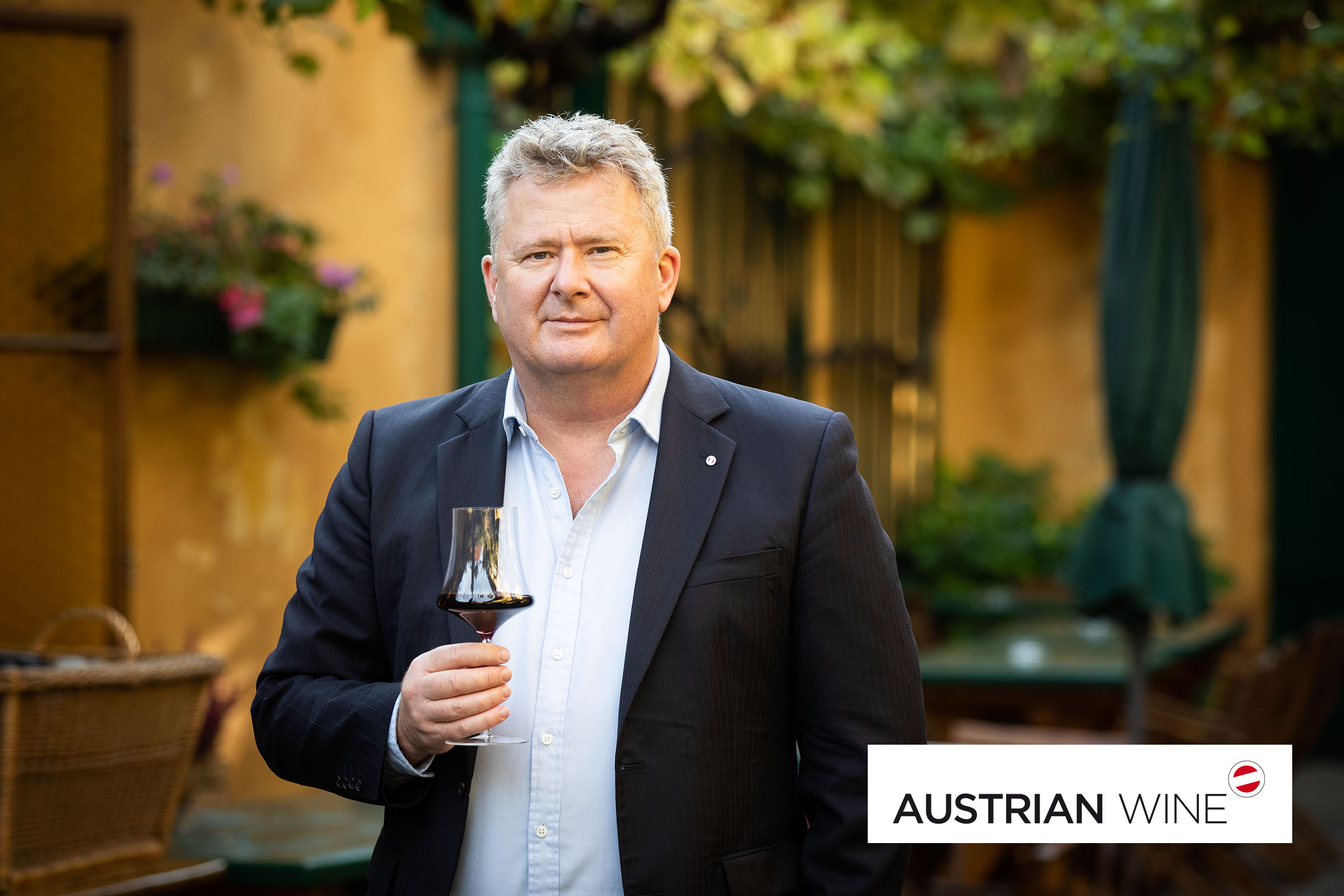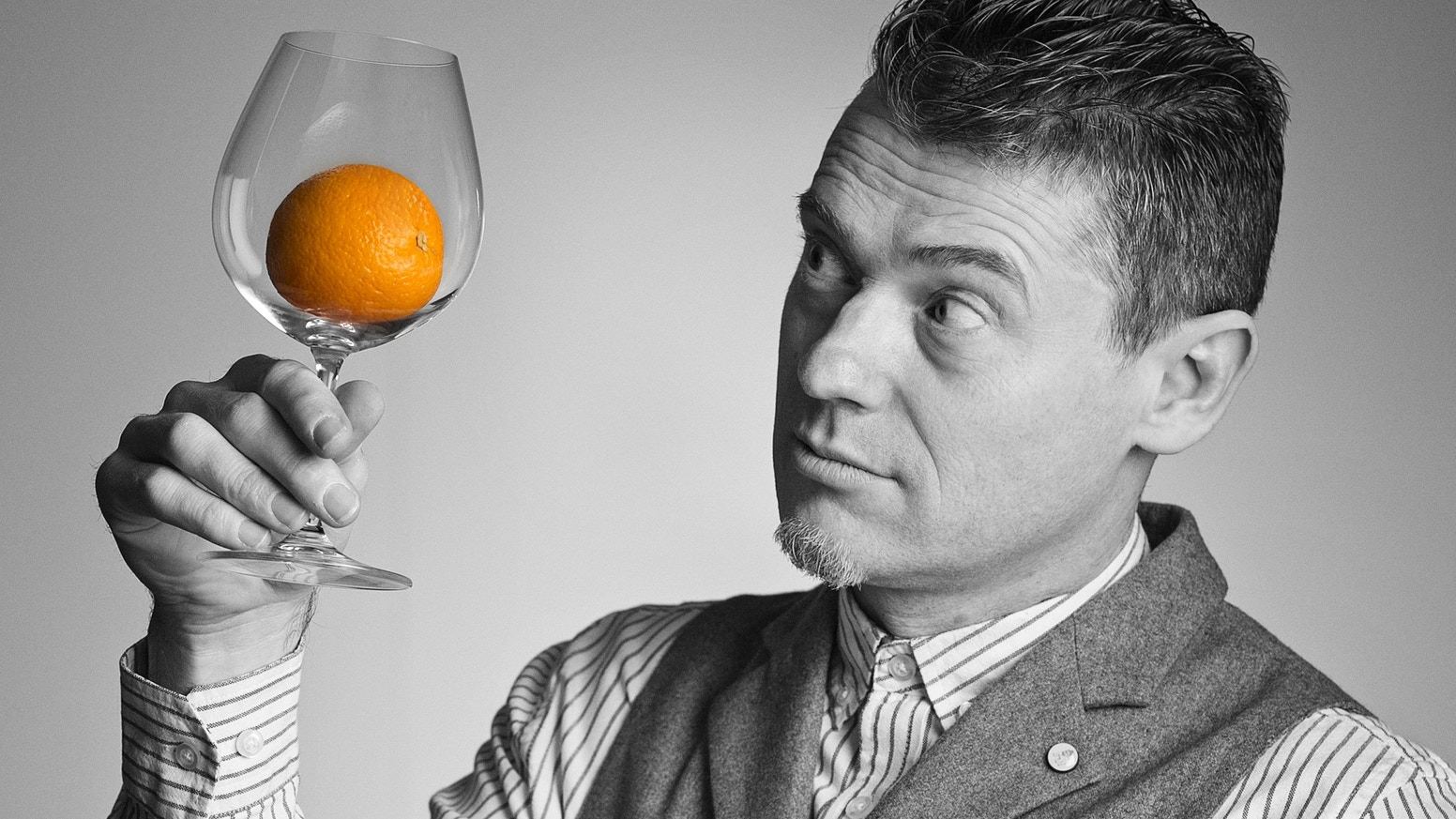Vintner Stories - December 29, 2021
One Vintner's Legacy Becomes One Man's Dream Come True: Domaine Belargus
Jo Pithon's Legacy Continues with Domaine Belargus, a project built by a Parisian businessman and avid wine lover, Ivan Massonnat
Written by
Aleks Zecevic
If you’re a Chenin Blanc lover, you are probably familiar with the work of Jo Pithon and you might be wondering what happened to his colorful labels that decorated the bottles of his remarkable wines. Back in 2018, Ivan Massonnat, a Parisian businessman, purchased the Pithon-Paillé wine company from this renowned, trailblazing Loire valley vintner. At this moment, Massonnat’s wine lover’s dream met Pithon’s wish to find a perfect suitor to take over his vineyards and continue their legacy of diverse micro terroirs.
With retirement approaching and without a successor, Pithon and his wife, Isabelle, were looking for a buyer who would continue their life’s work and philosophy. He hit it off with Massonnat at a wine fair in Angers, where the two first met. Sharing similar philosophies about wine, organic and biodynamic farming, and terroir expression, Massonnat recognized Pithon’s wisdom and experience, as well as the quality potential. Meanwhile, Pithon recognized Massonnat’s passion and dedication. It was a match!
Besides, this wasn’t Massonnat’s first rodeo. He was previously a partner in Burgundy with both Thibault Liger-Belair and Philippe Pacalet. However, he decided to purchase a winery in the Loire valley, close to his vacation home located in Chinon. Pithon’s Coteau des Treilles, Chenin Blanc vineyard was perfect as the core of Massonnat’s dream. Additionally, he purchased a few other area vineyards to complete the estate, which focuses solely on growing Chenin Blanc. Domaine Belargus, through the lens of this variety, focuses on expressing the diverse terroirs where the grapes originate. Showcasing the qualities of single plots individually was inspired by the climats of Burgundy.
The story of Domaine Belargus commences in pure passion, terroir expression, and perseverance, manifested through a single grape – Chenin Blanc. The estate spans over 24 hectares (59 acres) in some of the best vineyards in the so-called Anjou Noir (or Black Anjou, named after the dark color of its schist soils). In contrast to Anjou Blanc (White Anjou), which lays on limestone in the Saumur area, Anjou Noir lays on dark, schist soils. Soil difference has an incredible impact on the wines produced in these two areas.
Since the 11th-century, vine plantings dotted the hillsides before eventually reaching their peak in the 19th-century when Anjou wines featured prominently on royal tables across Europe. However, the way down was quite speedy. After the two world wars and a shift to heavy mechanization in agriculture, the wines of Anjou saw their decline. Like the rest of the Loire, Anjou experienced a lackluster reputation due to producing unimpressive, rather dull wines despite the magnificent terroir.
Jo Pithon and his contemporaries started the revolution in the Anjou, bringing back the old fame of Chenin Blanc and terroirs in which it grows. Domaine Belargus is continuing this legacy with some improvements, including collaboration. As for who oversees what, Pithon stayed at the Domaine acting as a consultant, bringing his experience and wisdom, and Massonnat brought in young talents, as well - winemaker Adrien Moreau and vineyard manager Amaury Chartier. Guy Bossard, also known as the Pope of Muscadet and one of the early adopters of biodynamic farming, is also involved, contributing with his knowledge and experience.
However, a team like this would be extraneous without the quality terroir. Respecting nature and using biodynamic principles, the winery cultivates some of the best terroirs in the area. The Quarts-de-Chaume (grand cru), comprising most of the estate, spans over 10 hectares (25 acres) and centers around the three plots historically composing the appellation. The Coteau des Treilles (monopole), a wild and steep hillside in the heart of a regional natural reserve, stands out as the pinnacle of quality for Jo Pithon. Last but not least, the Clos des Ruchères (monopole) in Savennières, planted on a hillside, mesmerizes with purple schist.
Dry wines are the winery’s focus because of their honest expression, without sugar masking the flaws and imperfections. However, sweet wines are also available since that is also the tradition of Layon and Quarts-de-Chaume, but only in exceptional years when there is enough noble rot (botrytis) on the grapes.
All the Domaine Belargus wines are full of life, transparently showcasing their terroir and the style of the estate. Each wine is unique to itself. Starting from the bottom of the pyramid, “Anjou Noir” is a cuvée that represents the Western part of Anjou of the same name. It is a blend of four vineyard plots, representative of the overall Belargus estate and the schist in which the Chenin grows.
In the next range, the domaine produces two wines, Les Gaudrets and Clos des Ruchères. A group of plots on the heights of the Savennières village, planted on sandy soils above black schist, is where Les Gaudrets comes from, expressing the terroir profile most commonly found in the appellation area. On the other hand, Clos des Ruchères is a monopole that Massonnat likes to say is treated like a garden. It rests on the hillside of purple schist, where vines have to break through the fragile rocks in a quest for water and minerals.
The next range is an adventure through Quarts-de-Chaume. Four different cuvées, Ronceray, Roueres, Veau, and Quarts, are all distinct plots in this grand cru appellation. Although the area was known for noble sweet wines, it is also suitable for producing world-class dry wines from Chenin Blanc. Each wine showcases a different micro terroir, and thus, has a distinctive personality.
At the top of the pyramid are Bonnes Blanches and Coteau des Treilles. Bonnes Blanches is a unique north-facing plot cultivated by local growers over the years. The vines grow in schist covered with shale talc and quartz, which give this cuvée an elegant, delicate feel – a true meditation wine.
Finally, the signature plot of the estate is Coteau des Treilles, a monopole vineyard resurrected in the late 1990s by Jo Pithon. Despite an excellent position, the hillside became abandoned after WWII due to steep slopes boasting a 30 to 70 percent incline. After acquiring 70 plots from 25 different owners, Pithon reinstalled Chenin on these magmatic rocks, composed of spilite, schist, sandstone, and puddingstone which transmits its complexity and minerality to the wine.
This vineyard is in the heart of the Pont-Barré Natural Reserve, a jewel of protected biodiversity free of chemicals and artificial sprays. This is where the estate’s emblematic blue butterfly called Adonis blue, Polyommatus Bellargus lives. Massonnat’s choice to put this very butterfly as the symbol of his winery shows his respect for nature and heritage. With that in mind, his dream is to lead Belargus to becoming one of the reference domaines for Chenin Blanc. So far, he is on the great path.
Our latest stories and podcasts:

PODCAST EPISODE
Theresa Olkus of the VDP
Aleks Zecevic interviews Theresa Olkus, the managing director of the VDP

PODCAST EPISODE
Austrian Wine with Chris Yorke
Aleks Zecevic interviews Chris Yorke, CEO of Austrian Wine

PODCAST EPISODE
Treading the Grapes with Simon Woolf
In this episode, Aleks Zecevic interviews the Amsterdam-based wine writer, Simon Woolf

